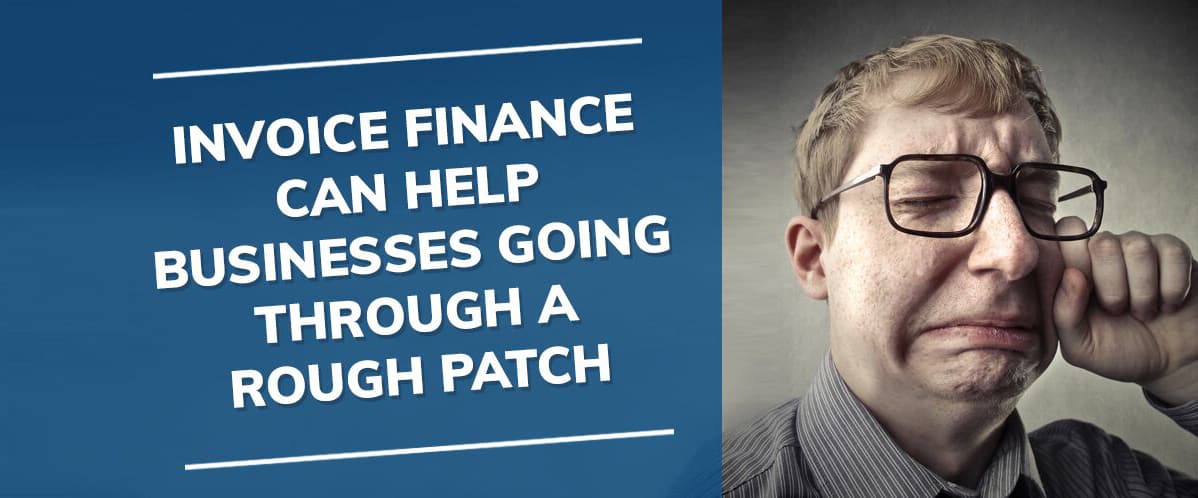2016 has been a year filled with extended supplier payments. From Rio Tinto’s extension from 30 days to 90 days to Kelloggs and Fonterra stretching payments to 120 days — how can you ensure steady cash flow in your business and beat the bullies?
Understanding your loss
Lack of cash flow is causing a loss of $6.12 billion worth of growth every year. With 65% of Australian businesses forecasting for growth in 2017 — the cash flow pressures may be the reason these potentials remain unrealised.
Cash is still the lifeblood of business — the catalyst for growth and a mechanism for funding new projects and for hiring new talents. Without cash, businesses find themselves on a slower growth trajectory — often losing out to competitors with deeper pockets no matter how strong their competitive advantage is.
With over 81% of mid-sized businesses missing out on growth — here are some ways you can beat the effects of extended supplier payments and ensure growth in your business.
Stop doing the Traditional
Despite the prevalence of credit for businesses, business owners are still opting for traditional methods of cash flow management. The business owners who do decide to take up credit still reside in small numbers — only 35% of business owners use invoice financing to manage cash flows and another 35% using overdraft facilities.
The problem with this traditional approach (as detailed by Martin Seward the VP for AMEX) is that businesses are ‘burning through available cash in the bank’ by limiting the ways they generate cash to drive their strategic objectives.
Insanity is doing things the same way day in, day out and expecting a different outcome as a result. Traditional cash flow management is no different.
Smart Invoice Financing
The core benefit of invoice financing is the ability to access cash that belongs to your business — sooner. Invoice financing is where businesses are able to sell their accounts receivables to a third party that pays the amount. This means the business gets access to immediate funds that can be used to unlock value and generate business growth.
The difference between a conventional bank loan and invoice financing is that financing is based on accessing an asset that the business will have rather than borrowing funds that the business doesn’t have.
In the New Year, due to extended supplier payments, the business landscape will start to see more businesses take on invoice financing. Don’t let extended supplier payments impact the growth of your business. Access your payments when you need it through invoice financing and if you’re interested in finding out more, you can read about the 7 common myths and contact OptiPay for more information.



